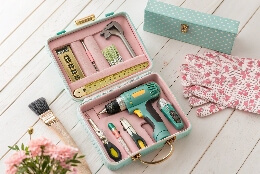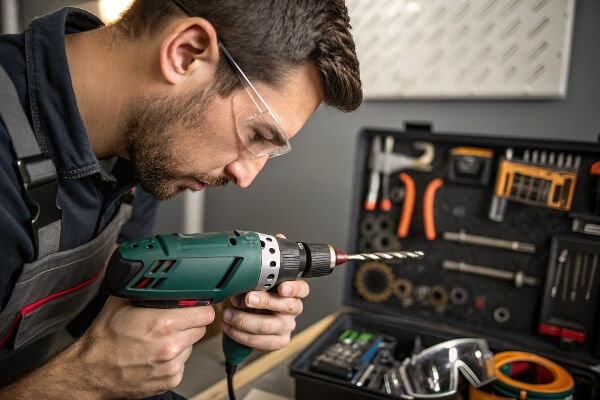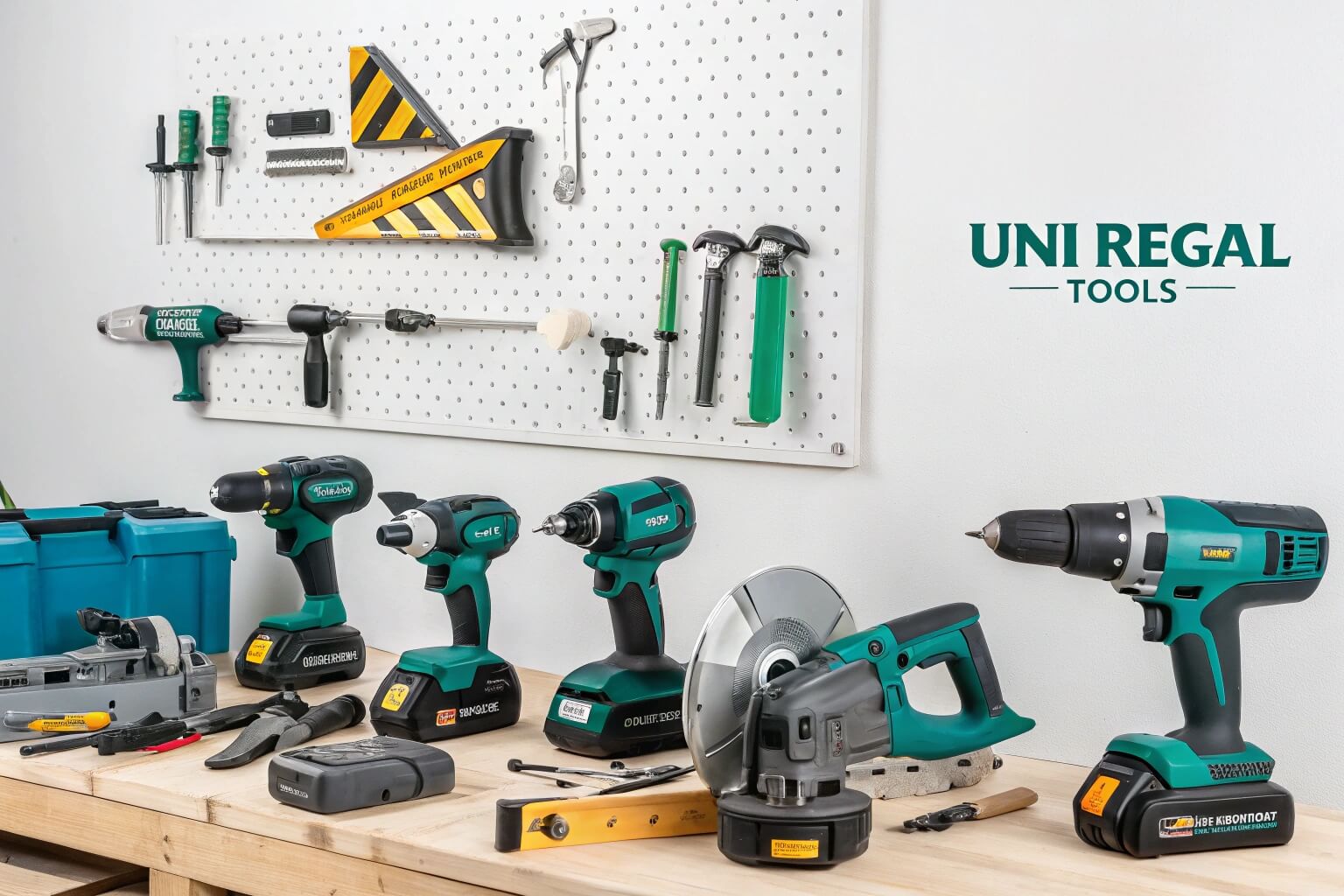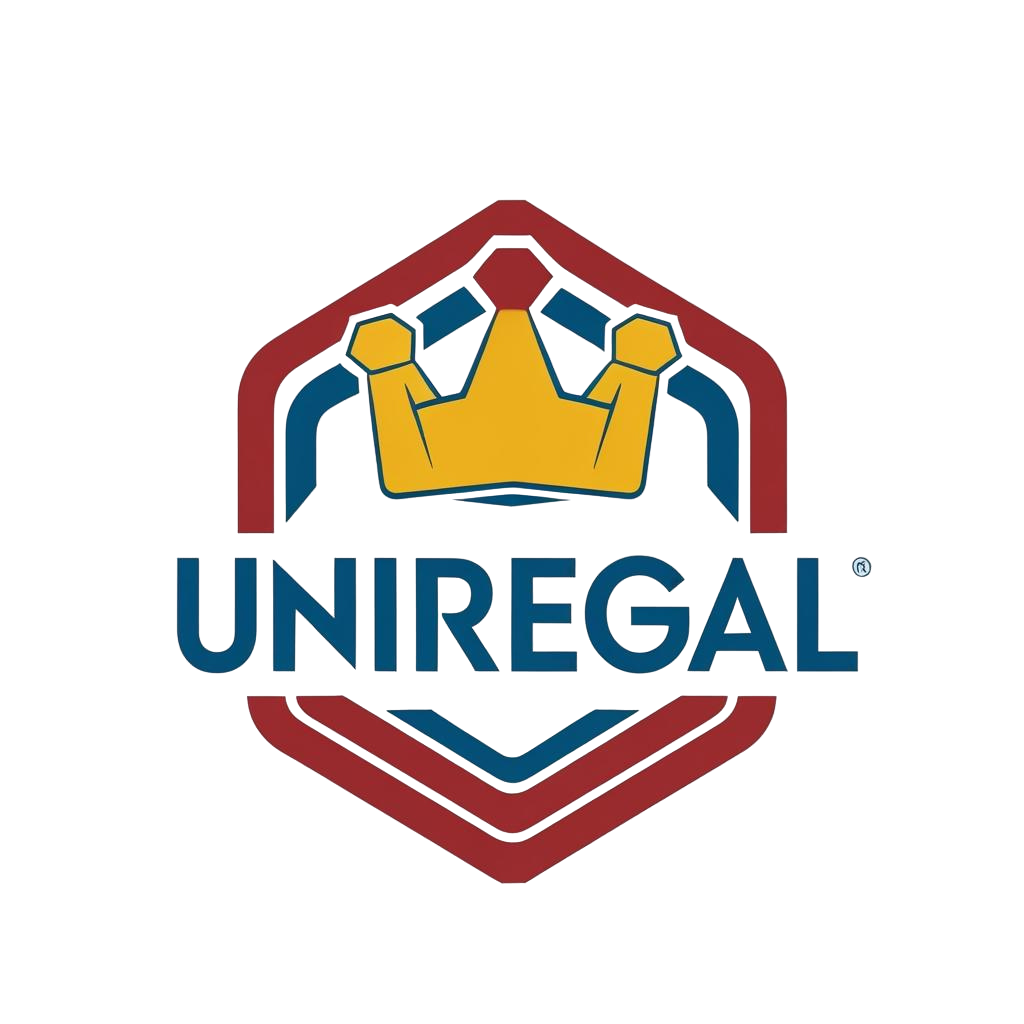What Are Power Tools? Power Tool Buying, Using & Maintenance Guide
Planning to build your dream kitchen or finally fix that wobbly bathroom cabinet? You’ll need more than inspiration—you’ll need power tools.
But with so many options—drills, grinders, hammers—it’s easy to feel overwhelmed. Don’t worry. This comprehensive guide will help you understand what power tools are, how to choose the right one, and how to use and maintain them safely and effectively.
What Are Power Tools?
Power tools are electrically powered devices designed to make tasks faster, easier, and more efficient than traditional hand tools. Whether you’re drilling, sanding, grinding, or cutting, power tools increase precision and reduce manual labor.Most power tools are either corded (plugged into electricity) or cordless (powered by rechargeable batteries). Their motors drive a working head—like a drill bit, blade, or grinding wheel—through a transmission system, delivering speed and control.
Key Features of Power Tools
1. Lightweight and compact design2. Easy to operate and portable
3. Reduced noise and low vibration
4. Energy-efficient, especially compared to pneumatic (air) tools
5. Ideal for both professional contractors and DIY enthusiasts
6. Power tools are widely used in construction, automotive repair, home renovation, machine assembly, and gardening.
7. Typical internal components include a rotor, stator, carbon brushes, gears, switch, bearings, and power cord.
Types of Power Tools (With Examples)
Here are the most common types of power tools you’ll come across:1. Electric Drill
The most versatile tool in your kit. Ideal for drilling holes in wood, plastic, or metal. Most models come with variable speed and reverse functions—great for screwdriving, too.
2. Electric Hammer
Built for demolition tasks. Powerful enough to break through concrete and brick surfaces with ease.
3. Impact Drill
A more compact alternative to hammer drills. Combines rotation with percussive force—great for tougher surfaces.
4. Sander
Used to smooth surfaces. Available in various types: orbital, belt, and angle sanders for different finishes.
5. Jigsaw
Best for cutting curves or straight lines in wood, metal, or plastic. The go-to for custom shapes.
6. Angle Grinder
Perfect for grinding metal or cutting through tile, stone, or concrete. Standard disc sizes range from 100 mm to 230 mm.
7. Cutters
Specialized tools for angled or straight cuts in metal or wood, often used in fabrication.
8. Electric Wrench/Screwdriver
Speeds up fastening tasks. Most feature adjustable torque and built-in clutches.
9. Concrete Vibrator
Vital for construction—ensures wet concrete is compacted and air-free.

Power Tools vs. Air Tools: What’s the Difference?
Power tools use electric motors, while air tools (or pneumatic tools) rely on compressed air.| Feature | Power Tools | Air Tools |
|---|---|---|
Performance | Strong control, risk of overheating | Lightweight, auto-restart after overload |
| Durability | Requires dry, stable environments | Works better in wet or hazardous areas |
| Cost | Lower initial cost, higher maintenance | Higher setup cost, lower long-term upkeep |
How to Choose the Right Power Tool
Selecting the right tool is like picking the right pair of shoes—it needs to fit your needs.Here’s a checklist to guide your decision:
Purpose: Are you a hobbyist or a professional? Choose tools based on job intensity.
Build Quality: Look for clean finishes, no visible cracks, and a power cord at least 2 meters long.
Certification: Especially in China, look for the CCC mark for safety compliance.
Portability: Opt for compact, multi-functional models if you work on the go.
Safety: Test switches, check for stable insulation, and make sure it doesn’t interfere with nearby electronics.
Performance: Should start smoothly, with minimal vibration or sparks.
Noise Level: Especially important if you’re working in residential areas
Power Tool Safety Tips
Now that you’ve got the right tools, let’s make sure you use them safely.1. Choose the Right Class: Class II tools are safe for most uses. Use Class III for tight spaces or when working with metal.
2. Inspect Before Use: Check for any damage, test insulation resistance (≥0.5 MΩ), and verify proper grounding.
3. Use the Right Power Connection: Always match the extension cord rating to your tool’s requirements, especially outdoors.
4. During Operation: wear protective gear (goggles, gloves), avoid distractions, and never overload the tool.
Frequently Asked Questions
1. What are the most commonly used power tools?Drills, grinders, and sanders are the most versatile and commonly used across industries.
2. Corded or cordless: which is better?
Corded tools deliver more power; cordless models offer better mobility and convenience.
3. Can power tools be used in wet environments?
Only if they’re rated explicitly for moisture resistance and with proper safety practices.
4. Are power tools beginner-friendly?
Yes, especially models with built-in safety features and easy controls. Always read the manual.
5. How often should I service my tools?
DIY users: every 6 months. Professionals: every 3 months or after heavy use.
6. How can I tell if a power tool is high quality?
Check the build, brand reputation, certifications, and warranty options.
More Related Questions
1. How to store power tools safely?
Store in a dry, lockable cabinet. Clean after use and remove batteries.
2. Impact drill vs. hammer drill: what’s the difference?
Impact drills are lighter-duty; hammer drills are stronger and ideal for masonry.
3. Can power tools be repaired?
Yes, but depending on the extent of the damage and the cost, replacement may be more practical.
4. What accessories do I need?
Blades, drill bits, sanding pads, backup batteries, and a durable carrying case.
Conclusion
Power tools are essential for efficient, accurate, and safe work; associated costs, such as replacement, may be a more practical option. Related options, such as replacement, may be a more sensible choice. Whether you're a professional contractor or a weekend DIYer, take your time to choose wisely, follow safety protocols, and maintain them regularly. You'll be working smarter in no time. How to Build the Perfect Tool Kit for Women’s DIY Projects
How to Build the Perfect Tool Kit for Women’s DIY Projects
 Beginner's Women's Tool Kit: Are You Ready?
Beginner's Women's Tool Kit: Are You Ready?
 How to Safely Use Power Tools? Key Rules & Tips for 4 Tools?
How to Safely Use Power Tools? Key Rules & Tips for 4 Tools?
 How to Choose the Right Power Tool Types
How to Choose the Right Power Tool Types

